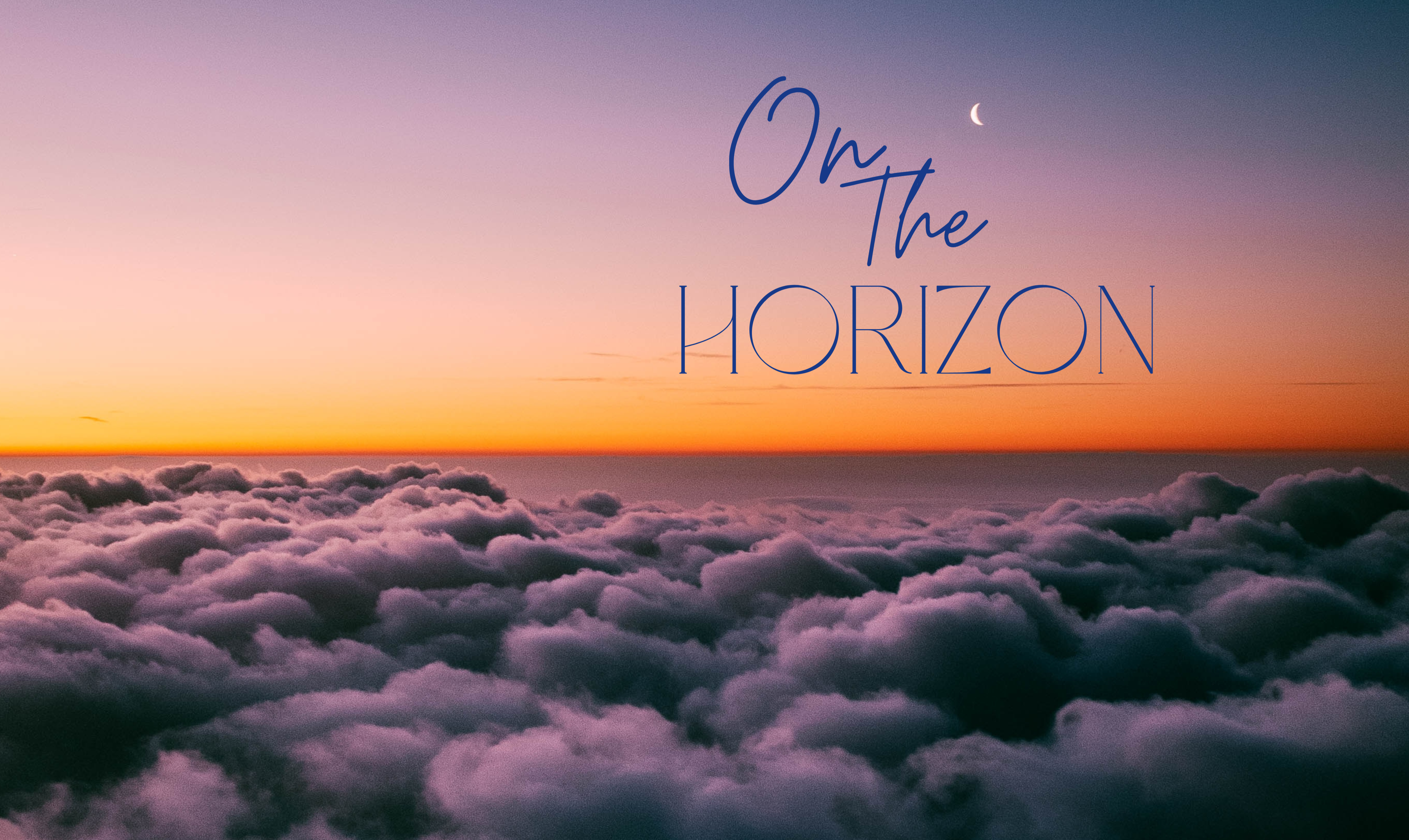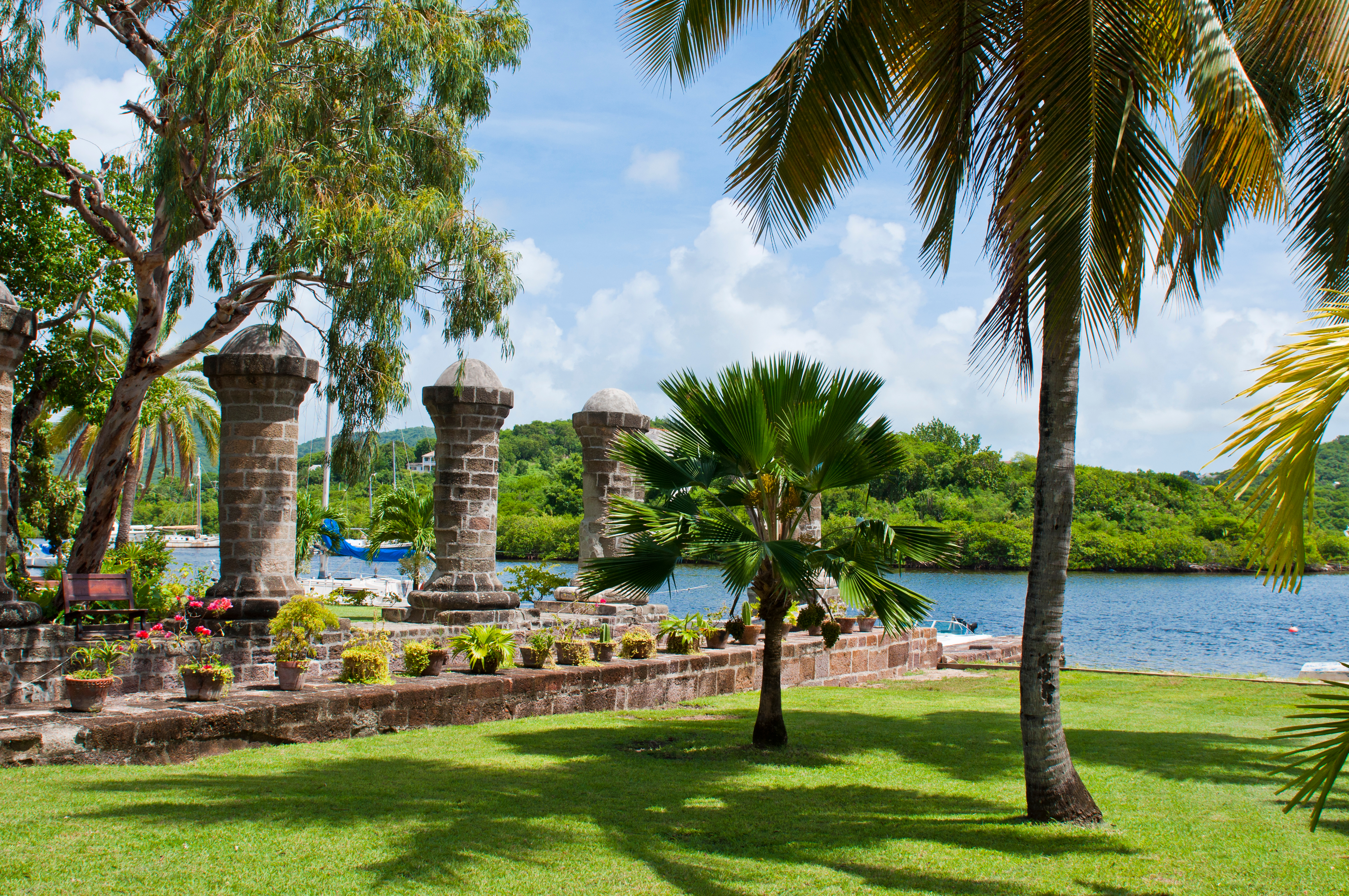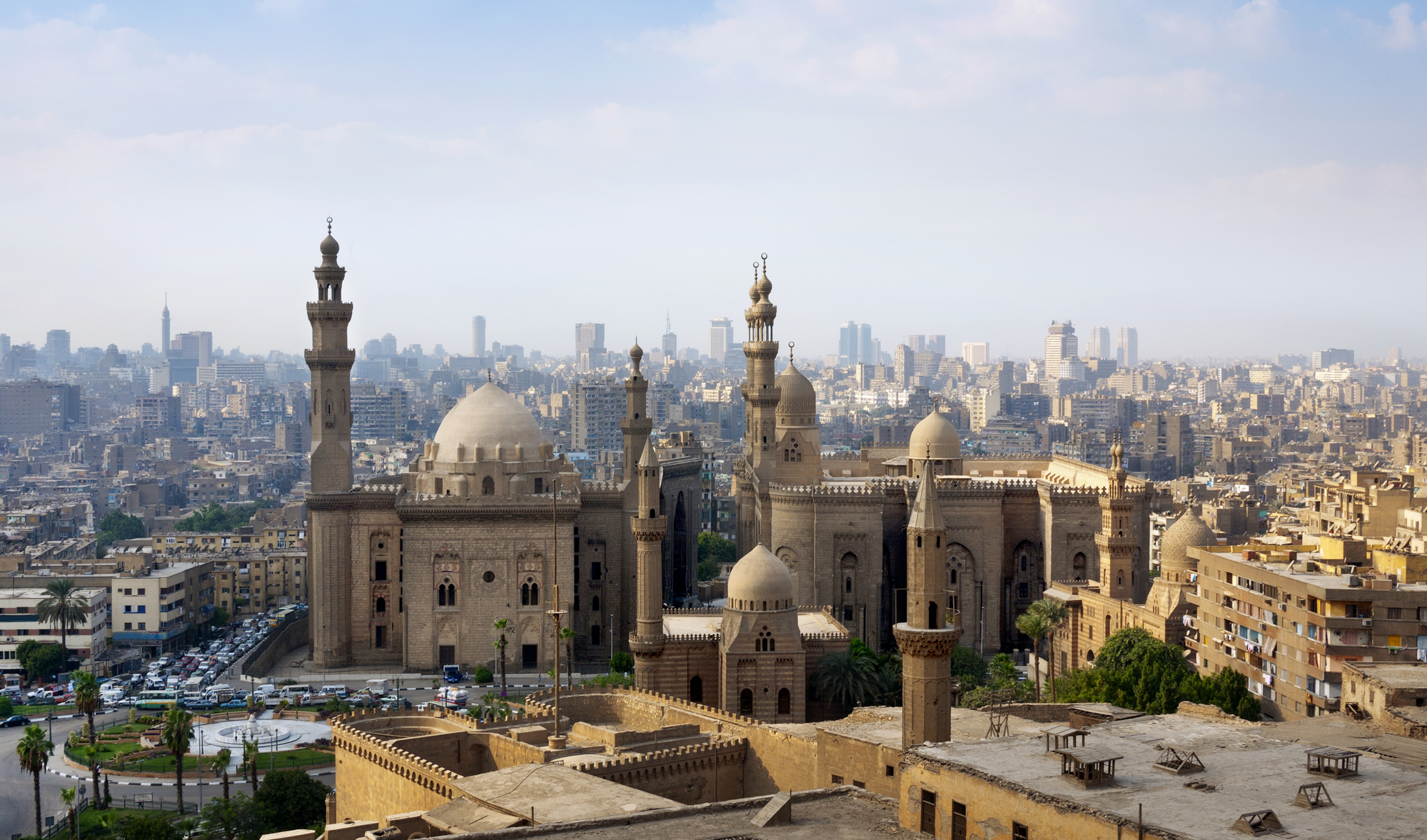Day 1 - Thursday, September 06:
Early evening departure from Toronto to Vienna with Austrian Airlines. Dinner and a light breakfast will be served on board.
Day 2 - Friday, September 07:
Morning arrival in Vienna, and connecting flight to Baku, Azerbaijan. Evening arrival in Baku, and transfer to the 4-star
Hotel Central Park. Dinner in the hotel.
Day 3 - Saturday, September 08:
After breakfast, we explore the historical city centre, known as “Old Baku,” a UNESCO World Heritage Site, with mostly medieval monuments such as the Synyg Gala Minaret, the walls and towers, the Multani and Bukhara Caravanserais, Hajji Gayyib Bathhouse, and the Shirvanshahs Palace and Maiden Tower. The more modern parts of the city reflect European influence introduced by the Russians, who conquered Azerbaijan in the early 1800s and turned it into a “Paris of the East.” We also visit the History Museum of Azerbaijan as well as the Museum of Applied Folk Art. Dinner in the hotel or in a typical restaurant.
Day 4 - Sunday, September 09:
Excursion to the Absheron Peninsula, jutting out into the Caspian Sea, the site of the world's first petroleum production, where rusting 19th-century oil derricks still dot the landscape. On to
Gobustan Rock Art Cultural Landscape, another UNESCO World Heritage Site, a collection of over 4,000 petroglyphs depicting hunters and dancers, animals, and flowers of pre-historic times. In the afternoon we visit the
Ateshgah Temple of ancient Zoroastrian fire worshippers and its adjoining museum complex as well as the “burning mountain” of
Yanar Dag, where natural gas fires blaze continuously; this phenomenon caused the land be known as Azerbaijan, “land of fire." Dinner in the hotel or in a typical restaurant.
Day 5 - Monday, September 10:
Departure from Baku after breakfast. We motor northwest through a stark, arid landscapes dotted with mud volcanoes, to the ancient town of Sheki. En route we will visit sights such as the mysterious Diri Baba Mausoleum; the ancient Silk Road town of Shemakha; Yeddi Gumbaz (“Seven Tombs”), the royal tombs of the last Shirvan Khans. Arrival in Sheki, a city founded almost 3 millennia ago and resembling an amphitheatre surrounded by forests of oak trees and the snow-capped mountains of the Caucasus Mountains. We visit the Khan's Palace, an exquisite example of Islamic architecture, before heading to the 4-star
Hotel Issam for dinner and overnight.
Day 6 - Tuesday, September 11:
This morning we enjoy a tour of Sheki’s bazaar, where all sorts of handicrafts, souvenirs, spices, etc. are for sale. Then we travel through the foothills of the Greater Caucasus range to the Georgian border at Lagodekhi. We enter Georgia’s Kakheti Province, the heartland of viticulture in a country that is famous for its wine; in fact, it is here in the Caucasus that wine-making originated some 7,000 years ago. Visits to a winery (with a wine tasting and sampling of delicious local dishes), Gremi Monastery, the Royal Citadel, the Church of the Archangels, and Tsinandali, a beautiful historic estate and former centre of Georgian intellectual life. Dinner and overnight in
Hotel Royal Batoni in Kvareli.
Day 7 - Wednesday, September 12:
This morning we visit one of the most popular tourist attractions of Georgia, the pretty town of Sighnaghi, famous for wine, carpets, and historical monuments, including ancient fortifications, Georgian Orthodox churches and monasteries. On to
David Gareja, a truly unique monastery complex consisting of hundreds of cells, churches, chapels, refectories and living quarters carved out of the rocky slopes of Mount Gareja, dating back to the 6th century and decorated with superb frescoes. Late afternoon arrival in the Georgian capital, Tbilisi. Dinner and overnight in the 4-star Holiday Inn.
Day 8 - Thursday, September 13:
Morning sightseeing tour of the Georgian capital, with as highlights the famous Tblisi Baths, Rustaveli Avenue with much 19th-century European-style architecture, Metekhi Church and the historic Metekhi Plateau, Narikala Fortress, the Holy Trinity Cathedral, commonly known as Sameba, and Anchiskhati, the city’s oldest church. Next door is the city’s oldest café, Café Gabriadze, where we enjoy a coffee break. The afternoon is free to shop or explore the city on your own, or perhaps to visit the famous Tbilisi Baths. This evening, dinner and folklore show in a traditional Georgian restaurant!
Day 9 - Friday, September 14:
After breakfast we leave Tbilisi and follow Georgia’s Military Highway to the country’s old capital, Mtskheta, one of the oldest continuously inhabited cities in the world, famous for its ancient monuments and a UNESCO World Heritage Site (http://whc.unesco.org/en/list/708). Visit to Jvari Monastery, dating back to the 6th century, and 11th-century Svetitskhoveli Cathedral, the holiest church of Georgia. After Ananuri fortress and beautiful Zhinvali Lake, we penetrate the Greater Caucasus Mountains and head via the mountain resort of Gudauri to the town of Kazbegi, nestled in a valley surrounded by towering mountains. Dinner and overnight in a very special hotel with a rather pedestrian name, ‘
Rooms.’
Day 10 - Saturday, September 15:
Morning exploration of the Greater Caucasus by jeep! The absolute highlight will be our visit to the Church of Holy Trinity, featuring what is possibly the most spectacular site in Georgia, with a backdrop of Caucasian peaks such as Mount Kazbegi (5033m). Also visit to a winery renowned for using the ancient grape variety called “Chinuri,” and group lunch. Heading south again in the afternoon, we stop in the town of Gori, where Ioseb Jugashvili, better known as Joseph Stalin, was born in 1878, for a visit to the Stalin-Museum to find out how he is remembered in his native country. Arrival at our hotel in Tbilisi, the Ramada, and free evening.
Day 11 - Sunday, September 16:
After breakfast we drive to the Georgian-Armenian border at Sadakhlo and transfer to an Armenian coach and guide. Driving through the picturesque Canyon of the Debed River, we visit the
Monastery of Haghpat, a perfect example of medieval Armenian architecture and Armenia’s first UNESCO World Heritage Site. After a group lunch, continue to Dilijan National Park, a very attractive region of lakes, forests and peaceful villages known as “Armenia's Little Switzerland.” Visits to the picturesque town of Dilijan and to the Goshavank, another famous monastery in a beautiful natural setting. Dinner and overnight in a 4-star hotel.
Day 12 - Monday, September 17:
After breakfast, tour of Lake Sevan, one of the biggest and most beautiful in Armenia, situated at an altitude lake of nearly 2,000m above sea level, including a visit to 9th-century Sevanavank Monastery. After the lunch break, we drive to Yerevan and enjoy a panoramic tour of the Armenian capital, with sights such as historic Victory Park, featuring a huge monument of Mother Armenia; Republic Square, a fine example of Soviet-era architecture and town planning; Northern Avenue, a popular pedestrian shopping avenue; Freedom Square with the imposing Opera; Sculpture Park; and the Cascade, a complex of water fountains running down a hillside. There will also be an opportunity to explore the Vernissage Arts & Crafts Open Air Market, the biggest in the Caucasus, where all kinds of artifacts, carpets, jewelry and other typical Armenian souvenirs are for sale. Dinner and overnight in the 4-star
Historic Yerevan Hotel.
Day 13 - Tuesday, September 18:
After breakfast we drive to Khor Virap Monastery, an important pilgrimage site for Armenians situated in the south of Armenia and within view of magnificent, snow-capped Mount Ararat (5,165m), looming just across the border in Turkey. On through the Ararat Plain, the country’s agricultural heartland, full of vineyards and apricot orchards, to the Monastery of Noravank, an architectural gem nestled among cliffs overlooking a deep gorge. Group lunch, then on to the village of Areni, it was here that viticulture originated during the Neolithic, at least 6 to 7,000 years ago, and of course we visit a winery and enjoy a wine tasting. Dinner and overnight in the 3-star
Hotel Mina in the town of Goris.
Day 14 - Wednesday, September 19:
Morning visit to Tatev Monastery of Tatev, reached via the world’s longest aerial tramway (5.7 km), built by the Swiss in 2010. Tatev is the biggest monastery in Armenia, located on a rocky peninsula more than 100 meters above the Vorotan River; according to tradition, the relics of the Apostles Peter and Paul, were placed under the dome's supporting pillars. Group lunch in a local restaurant. In the afternoon we visit Zorats Karer (a.k.a. Karahunj), an enigmatic site known as Armenia’s Stonehenge, a 7,500-year old circle of stones that may have been the world's first astronomical observatory. Then we return to Yerevan for overnight in the
Imperial Palace Hotel. No group dinner.
Day 15 - Thursday, September 20:
Excursion to Armenia’s “Vatican,”
Holy Echmiadzin, a UNESCO World Heritage Site featuring the world’s earliest Christian churches, including Echmiadzin Mother Cathedral, i.e. the mother church of the Armenian Church, originally built by Saint Gregory the Illuminator in 301-303AD, when Armenia had just become the first officially Christian state in the world. We also visit St. Hripsime Church, built in the 7th century, another masterpiece of early medieval Armenian architecture, and the impressive ruins of Zvartnots Cathedral. Returning to Yerevan after a group lunch in a country restaurant, we visit Erebuni Fortress, the History Museum of Armenia, and, if time permits. Matenadaran, one of the world’s richest collections of ancient illuminated manuscripts. This evening, dinner and folklore show.
Day 16 - Friday, September 21:
Excursion to the ancient Greco-Roman temple of Garni, constructed in the 1st century AD but amazingly well preserved and still featuring a peristyle of Ionic columns. The sanctuary, whose adjoining baths have fine mosaics, was allegedly dedicated to the God of Sun, Mithras. On to Geghard Monastery, carved out of a huge monolithic rock, where the Holy Lance that pierced the body of Christ was said to be kept. The monastery and surrounding Azat River Gorge, one of Armenia’s major tourist sites, are classified as a UNESCO World Heritage Site. Also visit to a local home, where we will have lunch and enjoy traditional Armenian “lavash” bread being made in a “tonir” oven. Return to Yerevan and free evening, making it possible to go to bed early in view of the very early airport transfer the next morning.
Day 17 - Saturday, September 22:
Transfer to Zvartnots Airport in time for the 4:25AM departure of our flight to Toronto, via Vienna, arriving in mid-afternoon.




